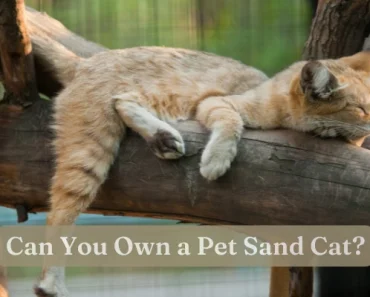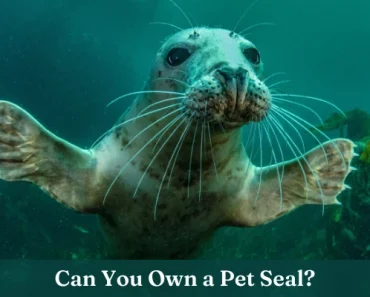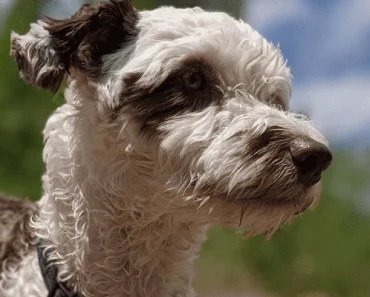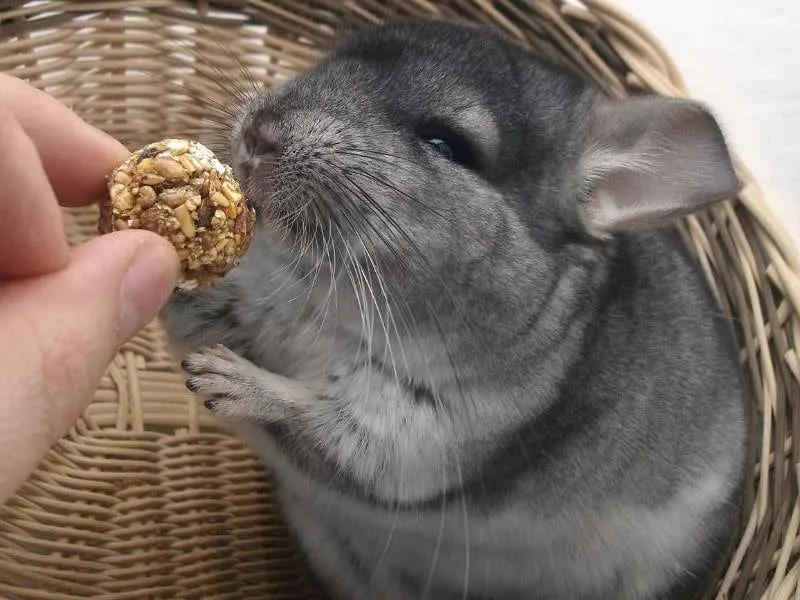
I’m glad you found this article if you are thinking about getting a chinchilla. It is always good to research pets before you decide to get one. Researching thoroughly will help decide which pet is right for you and your lifestyle.
I assume you’ve been asking yourself “Are chinchillas good pets?” or “Are chinchillas the right pet for me?” because you are thinking of getting one as a pet. Maybe you are just curious or you’re just writing a paper for school?
Whatever the reason you find yourself here, this article gives you a lot of information on chinchillas and will help you to decide whether a chinchilla is the right pet for you, if you are looking for a new pet.
If you are looking for a new pet, I know it is hard to decide on a pet without having all the correct information and knowing all the details about that pet.
In this article, you will learn everything about chins. I have done extensive research and am providing you with an article that took me 3 days to write and a week to research.
I am passionate about providing as much detail and accurate information as I can to my readers in hopes that it will help them make an informed decision if they are thinking about getting a pet.
I hope it shows in my articles. Enjoy the read!.
Are chinchillas good pets?
Chinchillas are good pets for the right person. Chinchillas are active, attractive, clean, playful, quiet, and have soft, dense fur. They require two daily feedings and daily handling to be tamed.
These fun, furry exotic pets are best for adults and older children that can keep a routine schedule of feeding and handling.
Chins are prey animals and prefer the comfort of their cage. They can be easily frightened and may get stressed when they are taken out of their cage.
Chinchillas are athletic and active. They have long hind limbs that are great for jumping. Chins can jump in upwards of about 6 feet. These furry little pets are nocturnal and are more active in the evening and during the night.
They get most of their sleep during the day.
How big do chinchillas get?
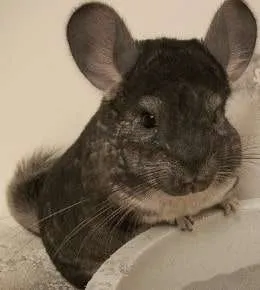 Chinchillas can grow to a length between 10 to 14 inches and can get as tall as 5 to 6 inches. Although they are considered small, that is a pretty decent size for a rodent. They typically weigh between 1 and 1.8 pounds.
Chinchillas can grow to a length between 10 to 14 inches and can get as tall as 5 to 6 inches. Although they are considered small, that is a pretty decent size for a rodent. They typically weigh between 1 and 1.8 pounds.
If you have a hard time picturing that length and height in your head, this may help. They are slightly bigger than ground squirrels. So if you can picture a ground squirrel, just think a tad bit bigger.
How long do chinchillas live?
Chinchillas have an average lifespan of 15 to 20 years.
Most will live at least 10 years Keep that in mind when deciding if a chinchilla is right for you. Many rodents and other animals are abandoned every year because their owners didn’t understand the commitment involved in owning that animal.
That being said, I am so thankful you are reading my article because that means you are doing your research. For anyone hesitant about making that commitment, just think it through as long as you need before deciding.
If you aren’t ready for a long-term commitment, then this pet is not the right pet for you.
How much do pet chinchillas cost?
The price can vary depending on where you live and where you get your chin from. Most pet stores charge at least $150 for a chinchilla.
This cost mentioned above is for a gray chin. The colored ones such as beige, black, blue-gray, and white will go for higher prices, assuming you can even find one.
Be careful of non-reputable dealers because this animal is on the endangered species list. Some dealers are selling them illegally.
You can check local rescues to see if they have any available before going to the pet store. I found a group on Facebook that may be able to give you more info about adopting a pet chinchilla.
What are the ongoing costs of owning a pet chinchilla?
Now that you know the initial cost of purchasing one, let’s discuss the ongoing 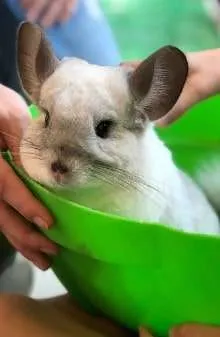 cost involved with owning and caring for them.
cost involved with owning and caring for them.
Accounting for food, supplies, and care, your expenses will be between $20 to $30 per month to give your pet the essentials it needs.
Keep in mind that the expense above doesn’t take into account other expenses (all approx) like:
- Medication/Supplements – $50 per year
- Routine Vet Visit – $100 per year
This is not an all-inclusive list and you may find yourself with unforeseen expenses. Accounting for all expenses, many pet owners put the yearly cost of owning one of these pets between $400 to $600.
I can’t stress enough that these rodents have problems with overgrown teeth if they don’t have ample hay and fiber in their diet.
If you are not giving them the proper diet and care, you could cause another medical bill for yourself.
Are pet chinchillas friendly?
Chinchillas may not be friendly when you first get them because they need to get acclimated to their new environment and you.
The younger the chin is, the better chance you have of getting it used to you and the human touch. Not to say older ones can’t adapt, it is just easier when they are younger.
Chins can be fun, entertaining, and a family pet you will enjoy having around for years to come. However, they are not that fond of cuddling and some may never be comfortable with handling and human touch.
If you want a pet to cuddle with, chins won’t be a good fit. Not to say you can’t find one that wants to cuddle because there are some out there that do, but most won’t like to cuddle.
That said, chinchillas can be very friendly with their owners and family. It may just take some time and loving care before your chinchilla bonds with you. But there is no guarantee it will ever want to be held.
Do pet chinchillas bite?
Chins can become aggressive and bite their cage buddies or their owners.
It doesn’t mean the chinchilla you get will bite you. If handled properly, given time to adapt, and become socialized, you shouldn’t have problems with biting.
It is important to understand that if provoked, most chinchillas will bite. So be mindful of that.
Do pet chinchillas need a companion?
In the wild, chinchillas are naturally social. It is best to have a pair because chinchillas love to play and cuddle with other chins.
If you get a pair, they will bond, but not to a point that you can’t separate them. Most will not exhibit any change in behavior if separated from the other.
Some may show slight signs of behavioral changes. such as not eating for a few days. But this typically passes and their behavior will go back to normal.
All animals are different though and since these pets are social animals, it is either recommended to have 2 or to give your chin a lot of interaction and attention.
What food do pet chinchillas eat?
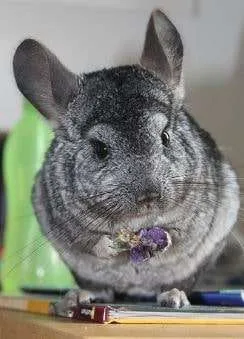 Chinchillas are omnivores, meaning they eat plants and meat. Chins should be provided high-quality hay in unlimited supply.
Chinchillas are omnivores, meaning they eat plants and meat. Chins should be provided high-quality hay in unlimited supply.
Note: Hay can become moldy, so replace the hay frequently.
You should feed your chinchilla hay-based pellets (1 to 2 tablespoons) twice a day. Feeding your new pet once in the morning and once in the evening is best.
Your chin may not eat all of its food in one sitting, but don’t worry, it is normal.
Chinchillas may continue eating their food throughout the day and night instead of just eating it all at once.
Their diet should be high in protein and fiber with little moisture and fat. Chins can start to have overgrown teeth and indigestion problems if they are not fed a diet high in hay and fiber.
You should give your chinchilla around a teaspoon of greens per day.
Some greens and vegetables that are okay for them to consume include:
- Alfalfa
- Carrots
- Celery
- Dandelion greens
- Kale
- Parsley
- Peas
- Potatoes
- Squash
- Sweet potatoes
- Turnip greens
Your chinchilla can eat certain fruit but fruit should only be given as a treat and in moderation because of the sugar contained in the fruit.
Check out some fruit you can feed your chin:
- Apples
- Apricots
- Grapes
- Pears
- Raisins
- Strawberries
- Sultana
You should always chop the vegetables and fruit into very small pieces and be sure to provide your chinchilla with plenty of clean drinking water. They need to always have access to fresh drinking water.
What should you NOT feed your Chinchilla?
You should avoid giving your chinchilla any of the following:
- Asparagus
- Avocado
- Bananas
- Broccoli
- Corn
- Cabbage
- Lettuce (most)
- Nuts (most)
- Rhubarb
- Spinach
- Sunflower seeds
Those are suggestions based on my research on what to feed and what NOT to feed your chinchilla. This in no way replaces the advice of a medical professional, so always check with your vet if you are uncertain.
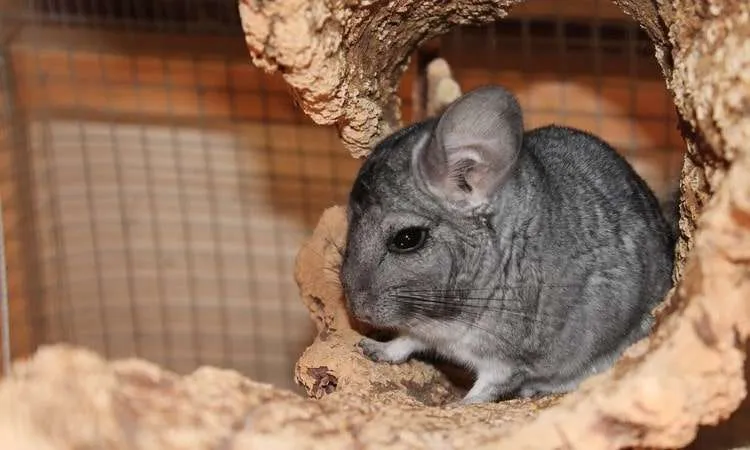
How do you care for your pet chinchilla?
Here are some things to think about when caring for your chinchilla:
Cage – Chins like to jump around and need a tall or wide cage to allow them to remain active.
Dense, Thick Fur – Chinchillas are very popular because of their fur, but their fur also plays a part in how you care for your new pet.
Since their fur is thick and they are naturally from mountain regions, they need to be kept In a cool part of your house, 76 degrees or below.
Having your new pet in a hotter environment could cause them to overheat and get sick.
Dust Baths – Your new pet doesn’t take normal baths. Instead, your new furry friend takes dust baths. So don’t try to give them a regular bath as they only dry bathe in special dust.
Handling – Handle your new pet with care. They have floating rib cages and are delicate creatures. Breaking their ribs doesn’t take much force and should be taken into account when handling your pet.
Routine – Routine is best for these pets. They thrive on routine feeding and handling. If you work during the day, feed them in the morning and when you get home in the evening.
Handle them every evening. The more consistent you are, the better chance you have of having a tame pet.
Young Kids – Chins don’t do well with smaller children. They can frighten easily and prefer to be in the comfort of their cage. Playtime with young kids should be supervised and minimal to keep your new pet from getting stressed.
Are pet chinchillas easy to tame?
Taming your chin will take time, but there is no guarantee you will ever be able to tame your new pet. It is much easier to tame a younger chinchilla than it is an older one, but some older ones can still be tamed (not many).
Since these are prey animals, they are skittish and will take lots of patience and time to tame, and may never come around. It can be a gamble.
Nevertheless, consistency is key with chinchillas. Do your best to routinely feed and handle them. If they are not fed and handled routinely, they may start to stress. If you can’t keep a good routine, this pet may not be best for you.
What supplies do you need for your pet chinchilla?
Getting the right products specifically made for chins is essential.
Cage
The cage should be at least 3 feet by 2 feet by 2 feet. It should contain multiple levels in it. If you don’t have much space, go with width over height and do not keep the cage on the floor. It needs to be elevated so your pet can feel more secure.
Cage Supplies (necessary)
- Ledges – You should get several ledges and attach them to the sides of the cage. Chins like to stay active by jumping around on them.
- Ceramic or Metal Food Bowl – Plastic is not recommended because it can make your chin sick.
- Glass Water Bottle – Again, no plastic!
- Dust Bath-house – So they can take their unique bath in the dust.
- Chew Toys – They can have problems with their teeth and will go through chew toys fast, so make sure you get enough and expect to continue buying them periodically.
- Hay Feeder – To hold the high-quality hay.
- Hideaway House – Used so they can hide and feel more comfortable when they feel scared or stressed.
Almost all of the items I listed above can be purchased on Amazon for $15 or less each.
Cage Supplies (optional)
- Wooden Tunnels – For play and activity time.
- Hanging Fleece Cube Houses -Something for them to hang out in.
- Fleece Hammocks – Something for them to lay in and relax.
- Marble or Granite Cooling Tiles -To help them stay cool.
- Play Structures – For more play.
- Lava Ledges -For perching and chewing.
- Bridges -For activity and play.
- 14″ or Larger Exercise Wheel – An exercise wheel is a great way to keep your little friend active.
Most of these products can be found on Amazon for under $15 each as well.
Food Supplies
- High-Quality Hay – Chinchillas need high-quality hay and they need a lot. Timothy Hay is recommended.
- Hay-Based Pellets – They need hay-based pellets for a high fiber diet.
- Fruits & Veggies – They need about a tablespoon of greens a day and sugary fruits in moderation as treats.
Total Initial Cost for Purchasing a Chinchilla and Essential Supplies
- Purchasing the Chinchilla – $150 to $300 (price will vary greatly depending on where you are and where you look for your chinchilla)
- Buying the Cage – Cages can run anywhere from $100 to $250 depending on the brand and where you get it.
- Getting Initial Food – $20 to $30
- Getting Initial Cage Accessories – $50 to $60
In total for the initial cost of purchasing your chinchilla, the cage, the cage accessories, and the food supply, expect to spend between $350 to $500. The accessories and the cage are roughly $200 of the initial cost with the chinchilla making up for the rest.
Final Thoughts
To review, chinchillas can be great pets for the right pet owner. They are very adorable, furry little creatures and work well with older kids and adults. Younger kids are not recommended since chinchillas frighten easily.
Chinchillas are not for everyone, but they are perfect for some. I hope that I’ve given you enough information if you are thinking about purchasing a chinchilla.
I know this article has covered a lot of information, but all this information is very important in deciding to get a pet chinchilla and also to help you know what to do to take care of one.
That is all I have. If you enjoyed this read, you can check out more articles by clicking here. I promise not all of them are as long as this one.

